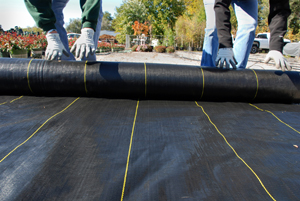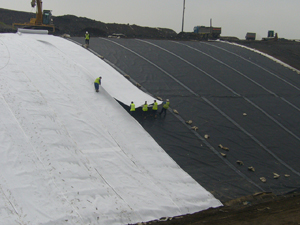Non-woven ground cover fabric is engineered to withstand external stressors, ensuring long-term performance. Whether exposed to varying weather conditions, foot traffic, or mechanical stress during installation, the fabric maintains its integrity, providing reliable protection to the underlying soil.










